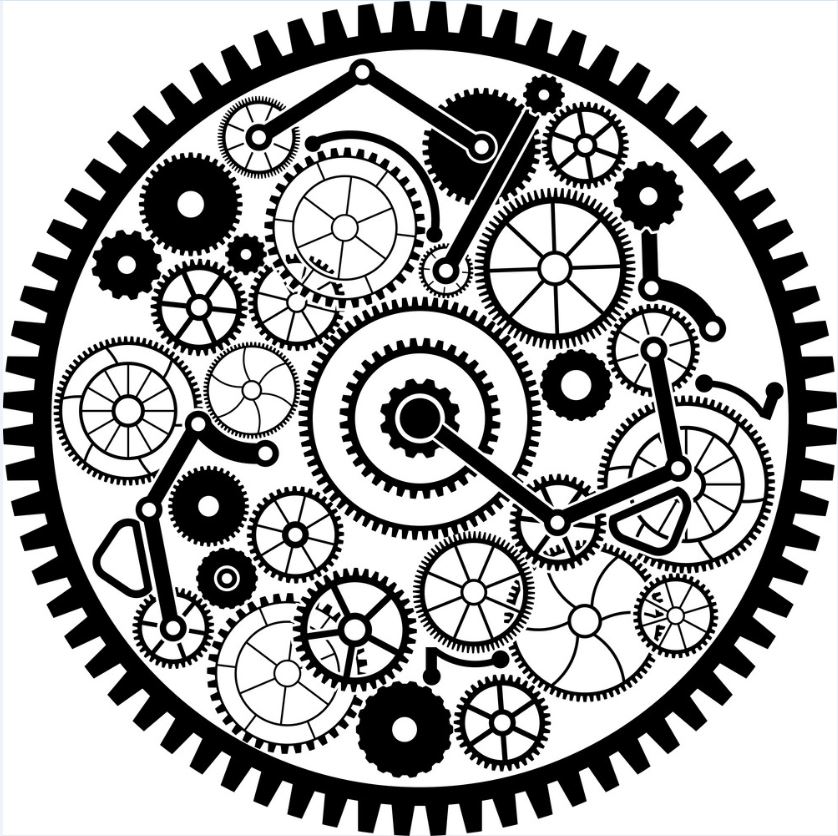In an article published in the Harvard Business Review in July/August 1999, the leadership guru and the author of the best-selling book Good to Great, Jim Collins, wrote about something he termed as catalytic mechanisms. Catalytic mechanisms are mechanisms used in organizations to create a compelling alignment between a business and its strategy to differentiate itself.

In simple terms, catalytic mechanisms help organizations to set themselves apart by doing the unexpected. These mechanisms are very different from other tools:
- They are very easy to understand for staff and customers
- They get embedded in organizational practice
- They are powerful and attention-grabbing
- They force the organization to focus on what matters
Catalytic mechanisms come into play when senior management wants a significant change in the way the organization behaves either within the organization itself or with customers or other stakeholders. They work because the organization is compelled to do the right thing even when the going gets tough. Managers cannot override these mechanisms because these are strongly embedded in company policy.
The simplicity means that one catalytic mechanism can replace a complete suite of processes, practices, policies and controls.
Show me some examples!
Enough of the preamble! What are some examples of catalytic mechanisms?
An example quoted by Jim Collins himself is the company called Granite Rock who used a “short pay” mechanism to enhance customer service and overall business. Under this scheme, any customer is entitled to deduct a certain amount from Granite Rock’s invoice for any element of the service they are not happy with. This daring and somewhat “risky” but simple mechanism ensures that everyone in Granite Rock is committed to customer service and enables a service culture that no amount of training could ever achieve.
Another example is Jim Collins’ own consulting business. His consulting business has a rule to spend no more than 10 days a year with any one customer, thus enabling a focus on higher-value work and reduced dependence on any one client.
Yet another example is the McKinsey company with its “Up or Out” rule. This compels the organization to ensure time-servers are edged out and replaced with new more ambitious talent.
An example from the small business marketing automation company Infusionsoft – now called Keap – when it was trying to expand its client base during its early years was the “Double Your Sales or Your Subscription Back” offer. Infusionsoft dedicated a success manager to every such subscription to ensure clients were able to get maximum benefit. This did actually get Infusionsoft a lot of new clients at the time although they had some difficulties later on with this scheme.
The world famous 3M company urges its scientists to allocate at least 15% of their time researching innovation and invention in an area of their own choice. This has created a large number of new inventions.

Leave a Reply